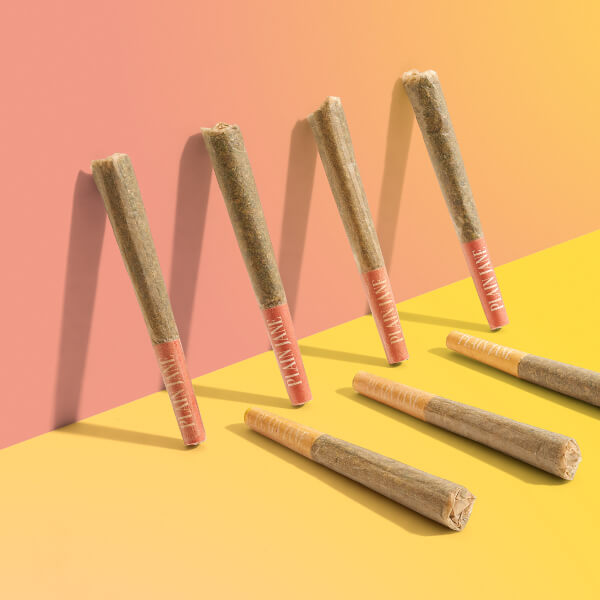How much CBD are you getting with CBD cooking recipes and edibles? What about when you smoke it or take a CBD tincture? CBD bioavailability is the biological process that decides this. Bioavailability is the fraction of a serving that actively enters the bloodstream. When you ingest, inhale, or topically apply a substance, not all of it makes it to your bloodstream!

Table of Contents
CBD Delivery Methods vs Serving Size
Very little CBD actually makes it into your system when you take a CBD edible, CBD drink, CBD gummy, or CBD capsule. Taking CBD orally is not a very economic option by any means and is extremely impractical. It is important to remember that it can also be dangerous to take CBD. There are known drug interactions, side effects, and possible liver damage associated with CBD.
CBD Bioavailability: Oral Ingestion
The bioavailability of orally ingested CBD is thought to be around 10%. If you take a 100mg CBD gummy, that means only 10mg will “actively” reach your body! Taking CBD orally can take an hour or more to “activate.”
CBD Bioavailability: Inhalation
The bioavailability of smoking CBD flower or CBD vapes is thought to be around 30%. Now, if you smoke 100mg of CBD hemp flower, you could get up to 30mg. Smoking also leads to a faster “activation” time.
CBD Bioavailability: Sublingual
The bioavailability and “activation” time for sublingual CBD oil tinctures is thought to be somewhere in between orally ingesting (eating/drinking/swallowing capsules) and smoking (inhalation).
Improving CBD Edible Bioavailability
Because the absorption of CBD is known to be very poor when consumed, many are seeking new ways to help you get more out of these products. Nanotechnology and physical emulsification are two methods currently being used. The problem is that researchers do not know the long term health and safety risks of these techniques. It is especially concerning that enhancing oral CBD bioavailability may put additional stress on the liver by delivering more CBD than the body can handle. We cannot stress enough that if you have any liver issues, taking CBD can be dangerous!
What is Nano CBD?
Nano CBD uses nanotechnology in an attempt to improve the absorption of CBD in the body. This process uses very small fatty molecules like liposomes or lipids to encapsulate the CBD molecule. This technology has been applied to other molecules in the past to enable them to move into the bloodstream better by stabilizing their molecular structure.
Problems arise with nano CBD when it comes to accurately calculating dosage and performing potency testing. This is because nano CBD has not been well studied for its safety or efficacy and test methods are not designed for these modified molecules. It is certainly questionable whether or not a final nano CBD product would have the same potency as a normal CBD product because there is not a validated method for final product testing when it comes to nano CBD.
This means that buyers should be especially skeptical of potency claims on labels because it is likely that they are based on the recipe ingredients and not the final formulation and how much CBD you would actually absorb.
Final Thoughts on CBD Bioavailability
There is still much to be researched with CBD bioavailability. Science is far from done when it comes to studying how CBD works in the body and how the endocannabinoid system and other body systems interact with cannabinoids. At this time, bioavailability information can still offer valuable insights as to why some CBD delivery methods are more economical, fast acting, and potent than others. Understanding your body's processes will ultimately inform you so you can have the best and safest CBD experiences possible.




